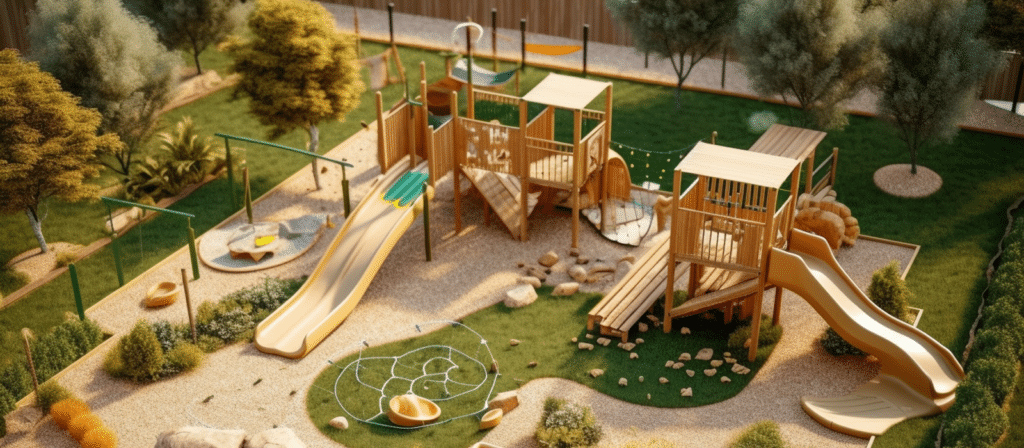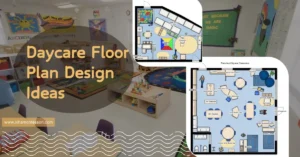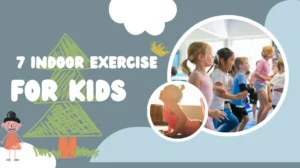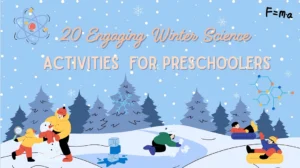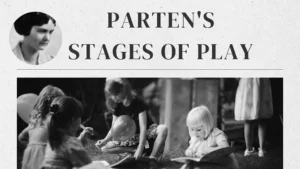Fostering the Joy of Unstructured Play
The sight of deserted urban playgrounds and the absence of carefree laughter in parks paint a disheartening picture. It’s not the lack of children that’s the issue, but rather the absence of elements that ignite challenge, imagination, and creativity, coaxing kids into the great outdoors. This scarcity of conducive play environments doesn’t just impact the quantity and quality of children’s play; it also takes a toll on their overall well-being. As responsible adults, we have a role to play in helping children relish the enriching experiences that unstructured outdoor play offers. Our aim should be to spark their imagination, nurture their creativity, and invigorate their physicality. Achieving this demands embracing two simple yet potent ingredients: the wonders of nature and the allure of adventure.
Unveiling the Vanishing Act of Unstructured Play
Peering into the reasons behind this decline in free play reveals a complex web of influences. Structured play activities are on the rise, technology-based toys are mushrooming, safety concerns and risk aversion are escalating, grown-up oversight is curbing spontaneity, schools are emphasizing academics, and the very essence of play is undervalued. Often, we witness children consumed by regimented sports or glued to screens during summers. Adults are caught uttering phrases like “don’t touch the sticks,” “stay within sight,” and “be cautious.” Schools, sadly, are cutting back or eradicating recess entirely.
Tragically, contemporary society frequently undermines the significance of play, undermining its pivotal role in children’s development. It’s this very attitude that’s forming a barrier between kids and their rightful outdoor play.
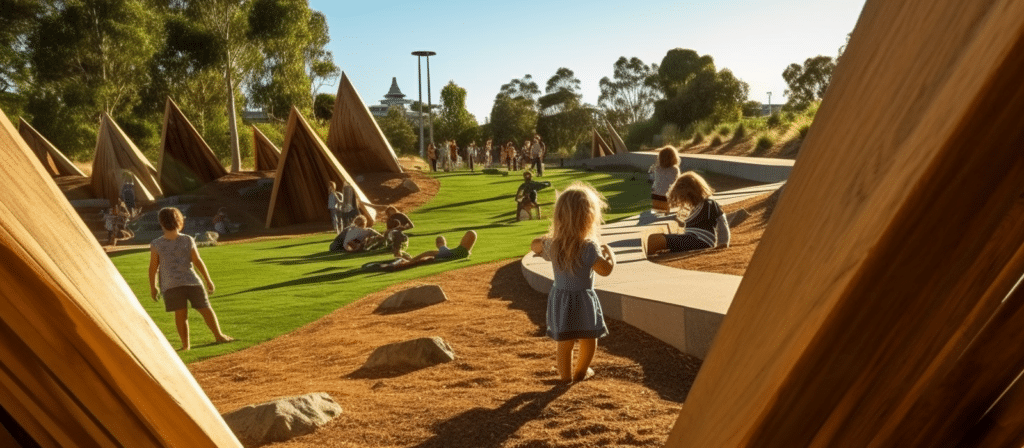
The Toll on Children’s Development
This barrier has far-reaching repercussions, denting children’s holistic growth. Early-onset anxiety and depression are soaring, while emotional regulation and self-control become thorny paths to navigate. Physical afflictions like diabetes, obesity, and asthma are afflicting youngsters more than ever. Conditions such as attention deficit hyperactivity disorder and obsessive-compulsive disorder are becoming commonplace. Denying children access to outdoor play denies them the vast benefits that nature-infused play brings to their developmental journey.
The Crucial Role of Unstructured Outdoor Play
Unstructured outdoor play gifts children an arena of liberty, choice, and spontaneity. Freed from adult directives, they sculpt their play as they desire. Such uninhibited exploration fuels elevated social interactions, hones cognitive faculties like decision-making and empathy, and ensures physical activity. Consequently, inattentiveness, anxiety, and melancholy take a back seat, fostering a healthier state of being.
The natural environment acts as a catalyst for this transformation. A green expanse lets kids endlessly experiment with materials, decode varied terrains, and craft personalized play scenarios. Unlike man-made domains, nature is diverse and timeless. The constantly shifting topography and abundant stimuli nurture children’s heightened senses and emotions. Learning transpires through experience—seeing, feeling, touching, and hearing. Nature stands as an open canvas where young minds can paint their musings, curiosities, and innovations.
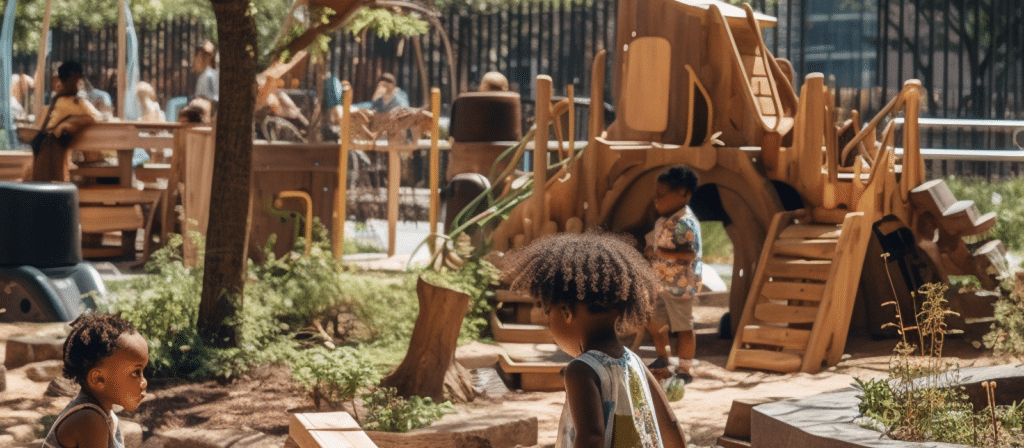
Rekindling the Flame of Play: The Call of Adventure
Enlightened by the role of unstructured play, you might be wondering how to rekindle this flame in the children around you. The answer lies in rejuvenating the spirit of adventure in their outdoor exploits, and a powerful tool to achieve this is through the incorporation of loose parts.
Loose parts encompass play objects and materials that are open-ended, manipulative, and free-moving, devoid of set rules or narratives. They empower children to wield these materials in diverse ways, relinquishing prescribed paths of imagination and creativity.
Embracing Loose Parts for Reviving Play
Loose parts could be tires, logs, fabric, ropes, rocks—either man-made or naturally occurring. These objects kindle children’s curiosity, propelling them into realms of exploration and discovery. Imagine a child handed a rope, a tarp, and wooden pieces. This concoction fuels curiosity, incites experiments, and culminates in the revelation that these materials harbor myriad possibilities. The journey from intrigue to exploration to learning is ignited by this trio.
Reinvigorating play requires environments and tools that are captivating, intriguing, and demanding. If the terrain is too predictable, the play loses its allure. Enter loose parts—the catalysts that marry the outdoors with creativity, lifting children’s spirits, infusing play with enchantment, and ultimately nurturing healthier and happier beings.
Conclusion
In conclusion, nurturing unstructured play within the great outdoors is a mission we should all wholeheartedly embrace. By championing the combination of nature and adventure, and harnessing the magic of loose parts, we pave the way for a generation that thrives through imaginative exploration and carefree discovery.

